War Machines of the Second World War, lost on distant islands in the Pacific Ocean
Categories: Aerophoto | History
By Pictolic https://pictolic.com/article/war-machines-of-the-second-world-war-lost-on-distant-islands-in-the-pacific-ocean.htmlIncredible images from above have revealed to the world the traces of the Second World War in the Pacific region. What remains of the war machines are scattered across the forests, coasts and beaches of the islands. Photographers spotted the wreckage in the Northern Mariana Islands, the Solomon Islands and the Rocky Islands in Palau. There are tanks, all-terrain vehicles, artillery, wreckage of ships, including transport ships, as well as the remains of fighters of the Japanese Imperial Navy, and even personal belongings of soldiers, such as helmets.
The Pacific Theater of World War II included Japanese operations against the U.S. Navy, Marine Corps, and Army. Great Britain, New Zealand, Australia, Canada, and other allied nations also contributed to the turning point of the war when Japanese forces were defeated on Guadalcanal in February 1943.
The US Army lost more than 41,000 soldiers killed, and the number of Marines and sailors killed was 23,160.
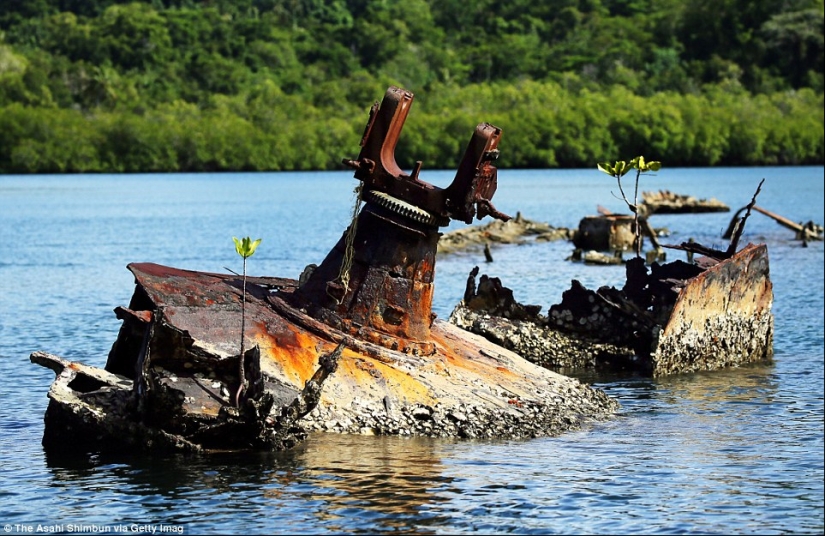
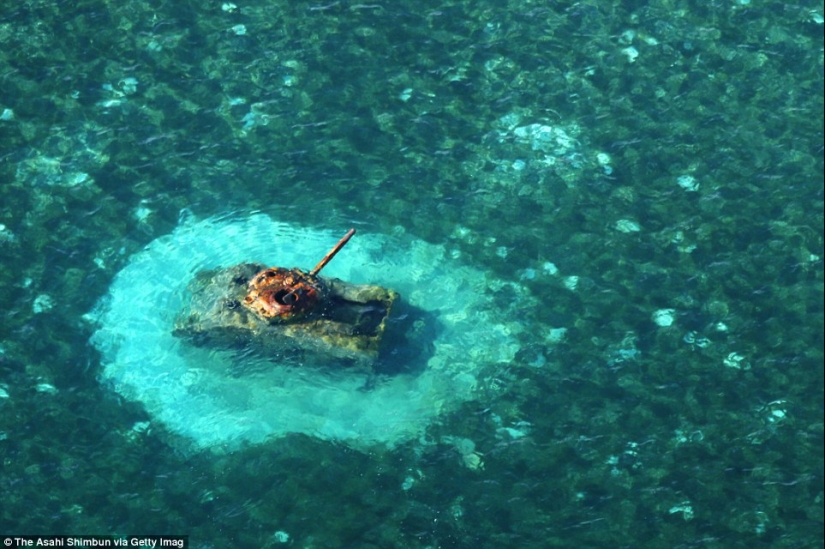
An American M4 Sherman tank in shallow water off the coast of Saipan, Northern Mariana Islands.
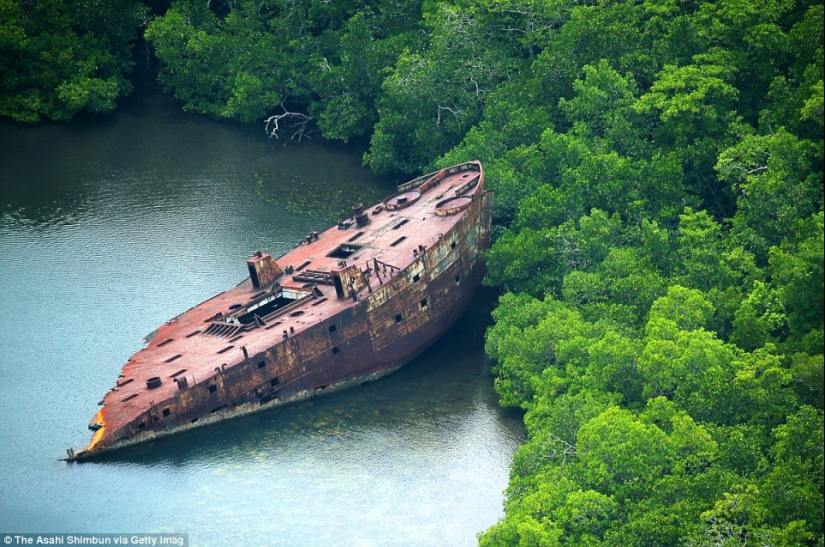
Wreckage of an American transport ship stranded off the coast of the Nggela Islands, Solomon Islands.
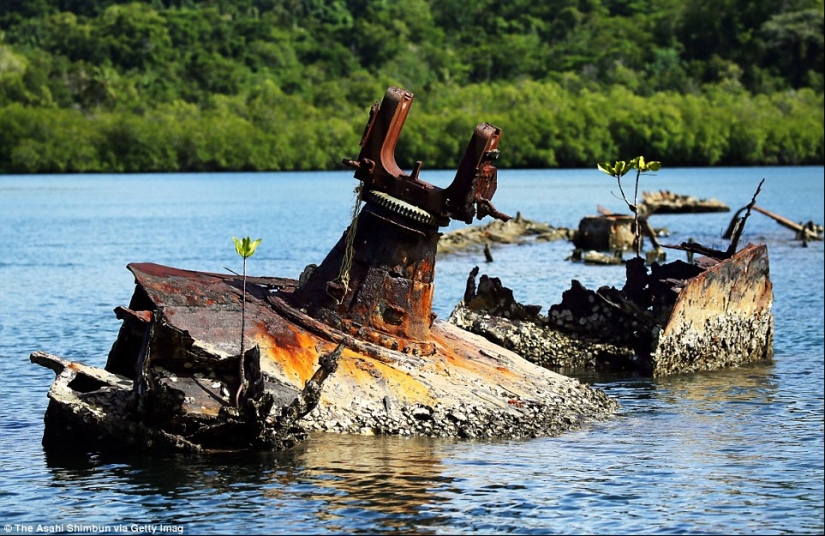
Mangrove trees have sprouted through the wreckage of the Japanese Imperial Navy destroyer Kikuzuki in Tokyo Bay of the Nggela Islands, Solomon Islands.

The remains of a Japanese military aircraft "Zero" in the jungle of Guadalcanal, Solomon Islands.
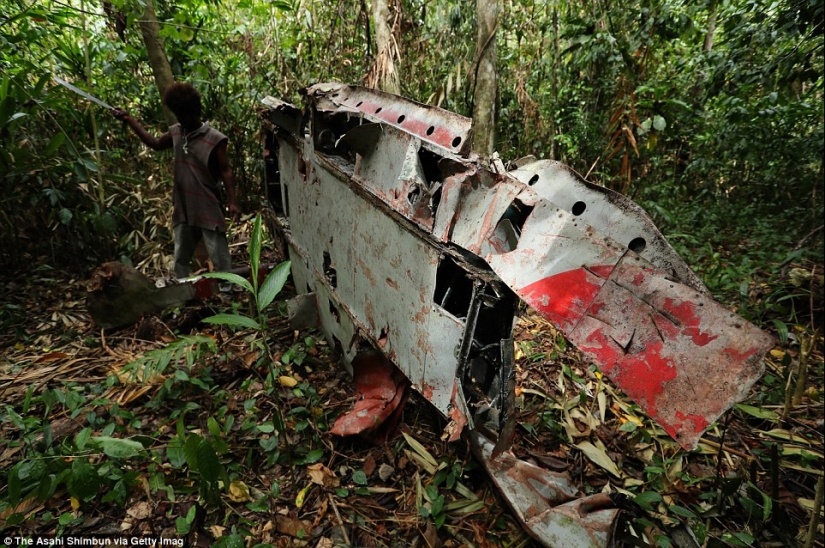
Japanese fighter "Zero" on the island of Guadalcanal, Solomon Islands.
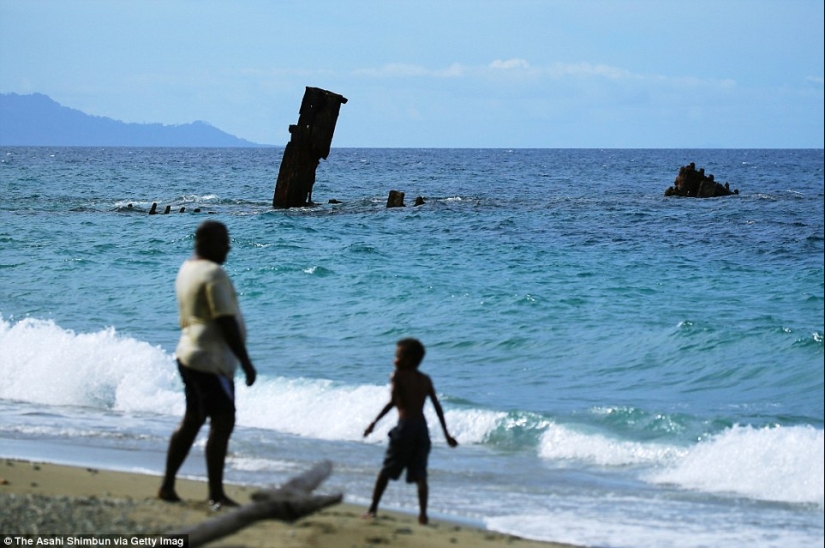
Locals play and walk near the wreckage of the Imperial Japanese Navy transport ship Kinugawa Maru on Tassafaronga Beach, Guadalcanal, Solomon Islands.
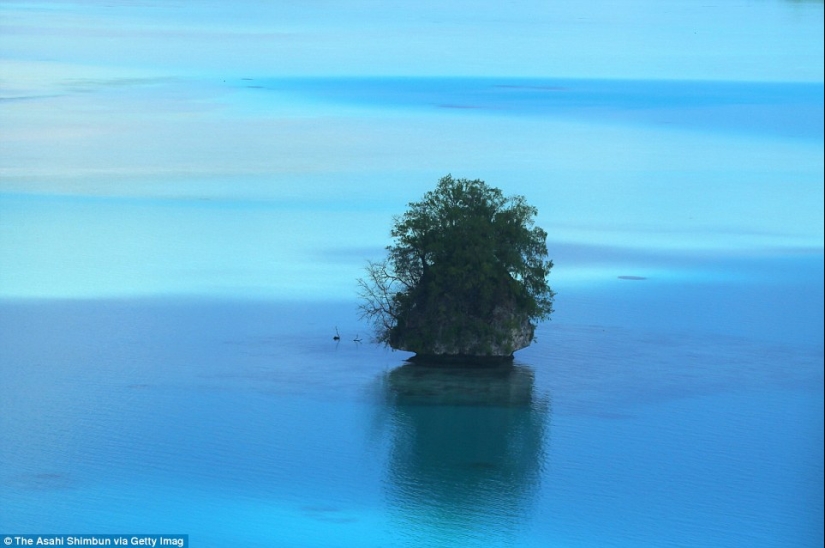
Top view of one of the Rocky Islands of Palau.
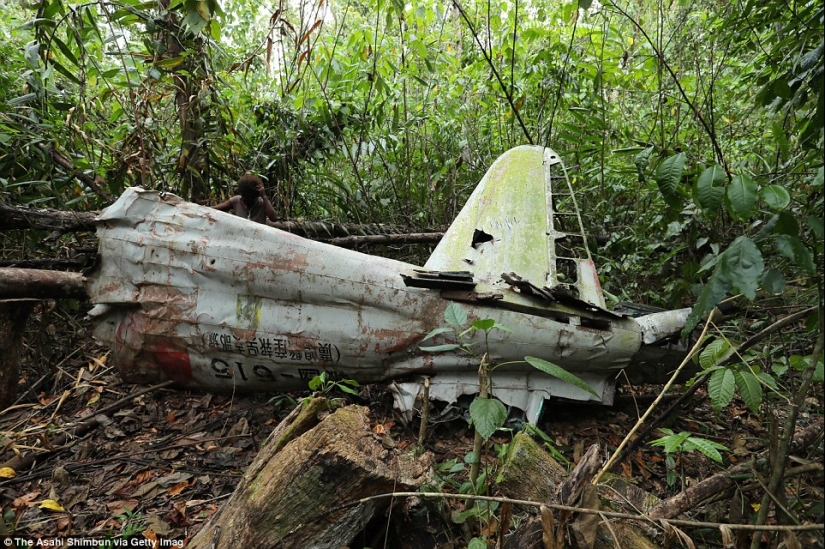
The wreckage of a Japanese Zero fighter jet in a forest on Guadalcanal, Solomon Islands.

The wing of a Japanese fighter jet sticks out in the dense jungle of the island of Guadalcanal.
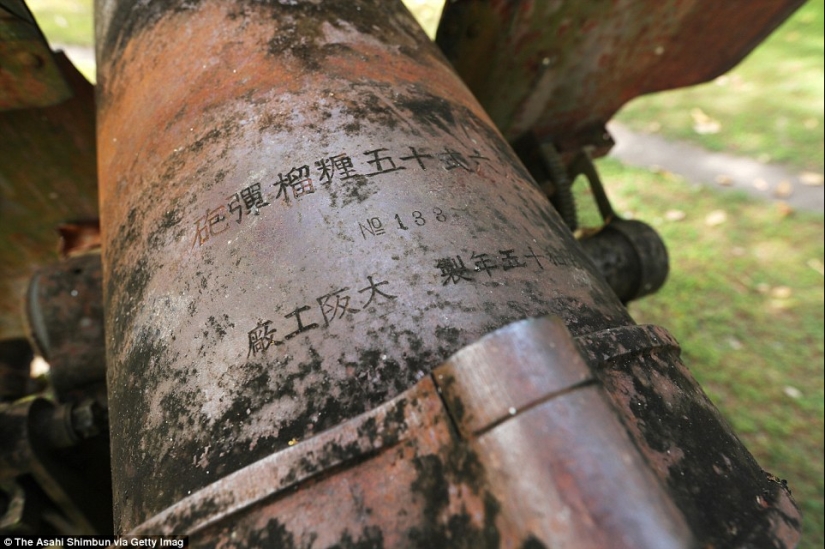
150-mm Japanese howitzer "Type 96" in the forests of the island of Guadalcanal.

Japanese fighter "Zero" close-up.
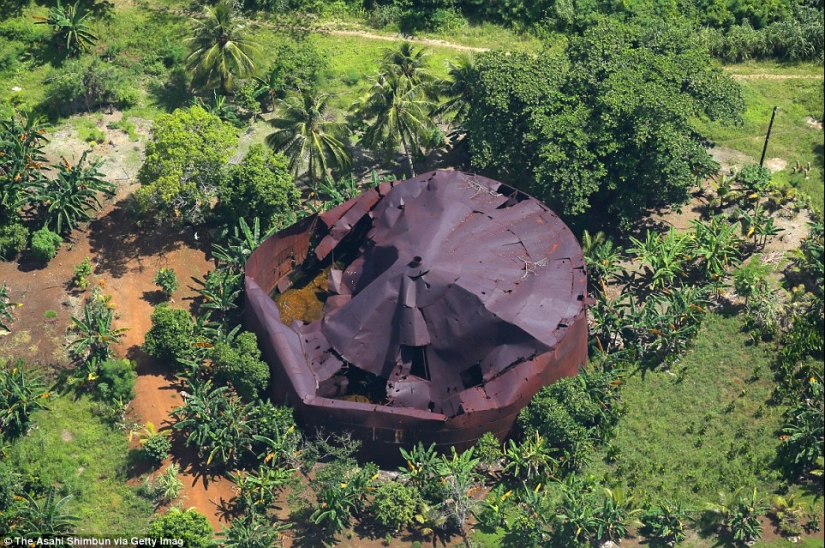
Traces of the Second World War in the jungle of the island of Guadalcanal.
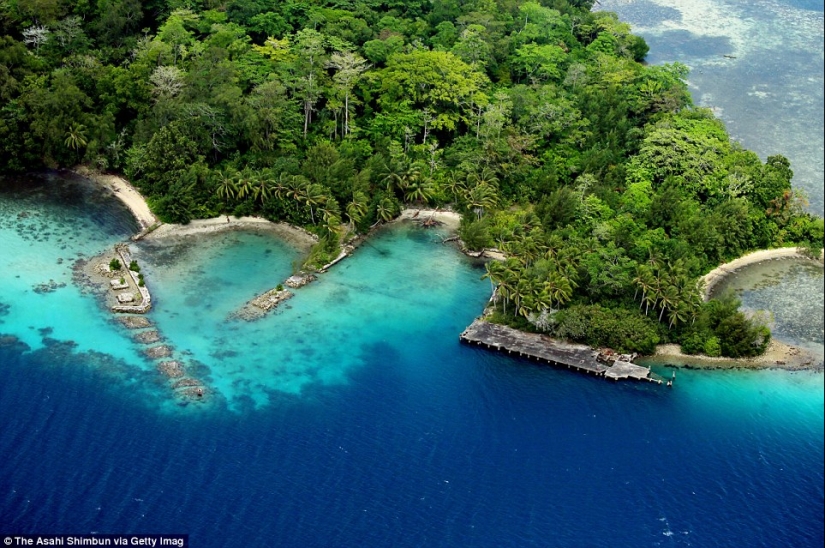
Near-submerged piers used by Imperial Japanese Navy ships during World War II, on the island of Gavutu, Solomon Islands.
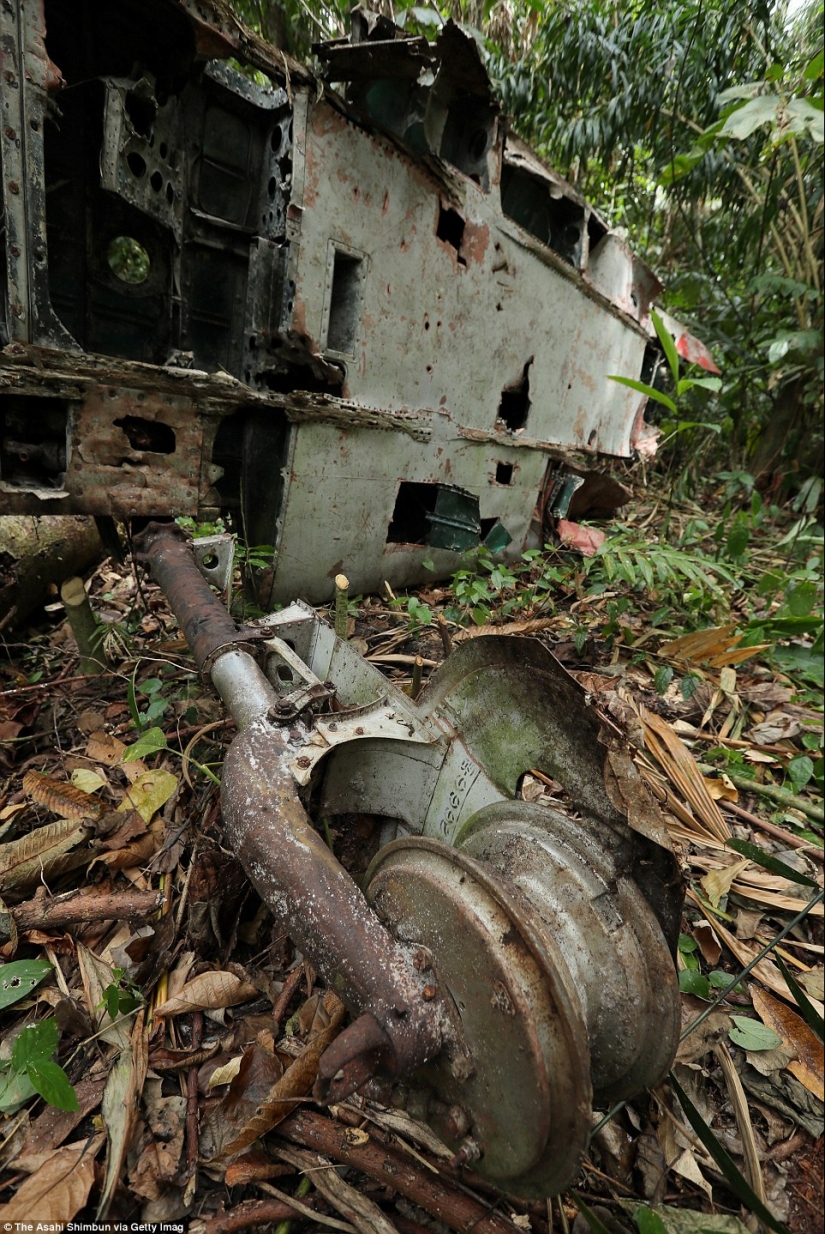
The chassis of a Japanese fighter.
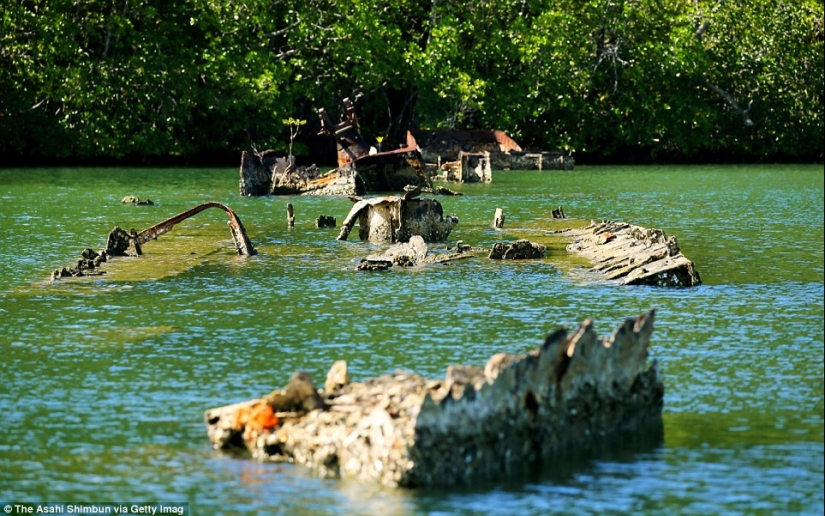
The Imperial Japanese Navy destroyer Kikuzuki off the coast of the Nggela Islands, Solomon Islands.
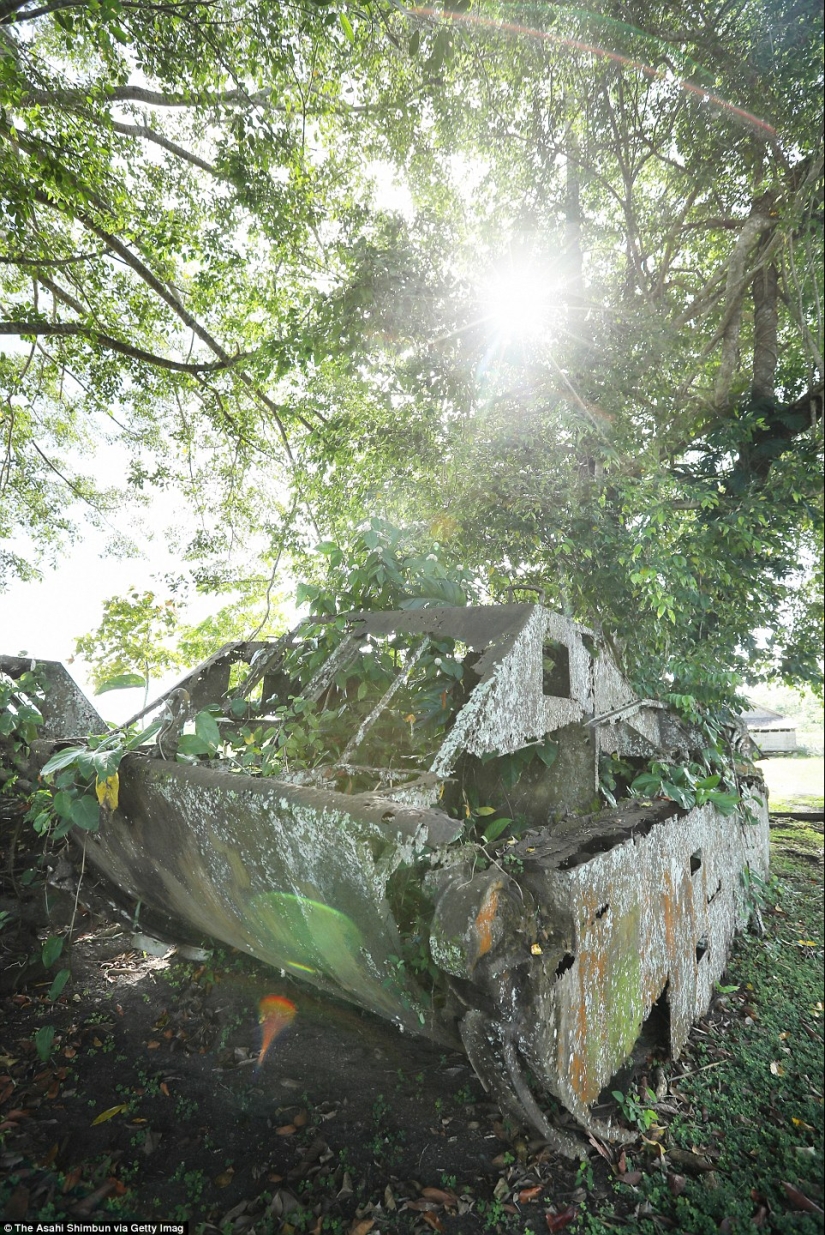
U.S. Marine Corps amphibious vehicle on Guadalcanal Island.
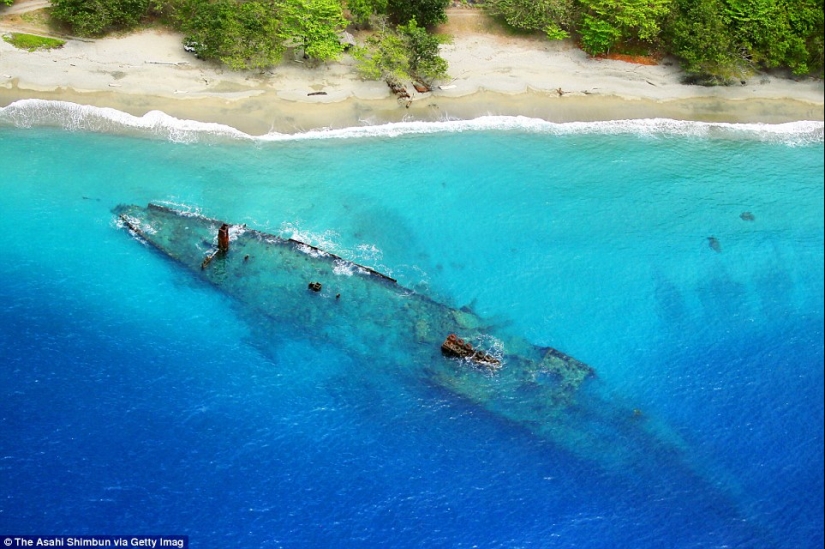
Japanese transport ship "Kinugawa Maru" off the coast of Guadalcanal Island.
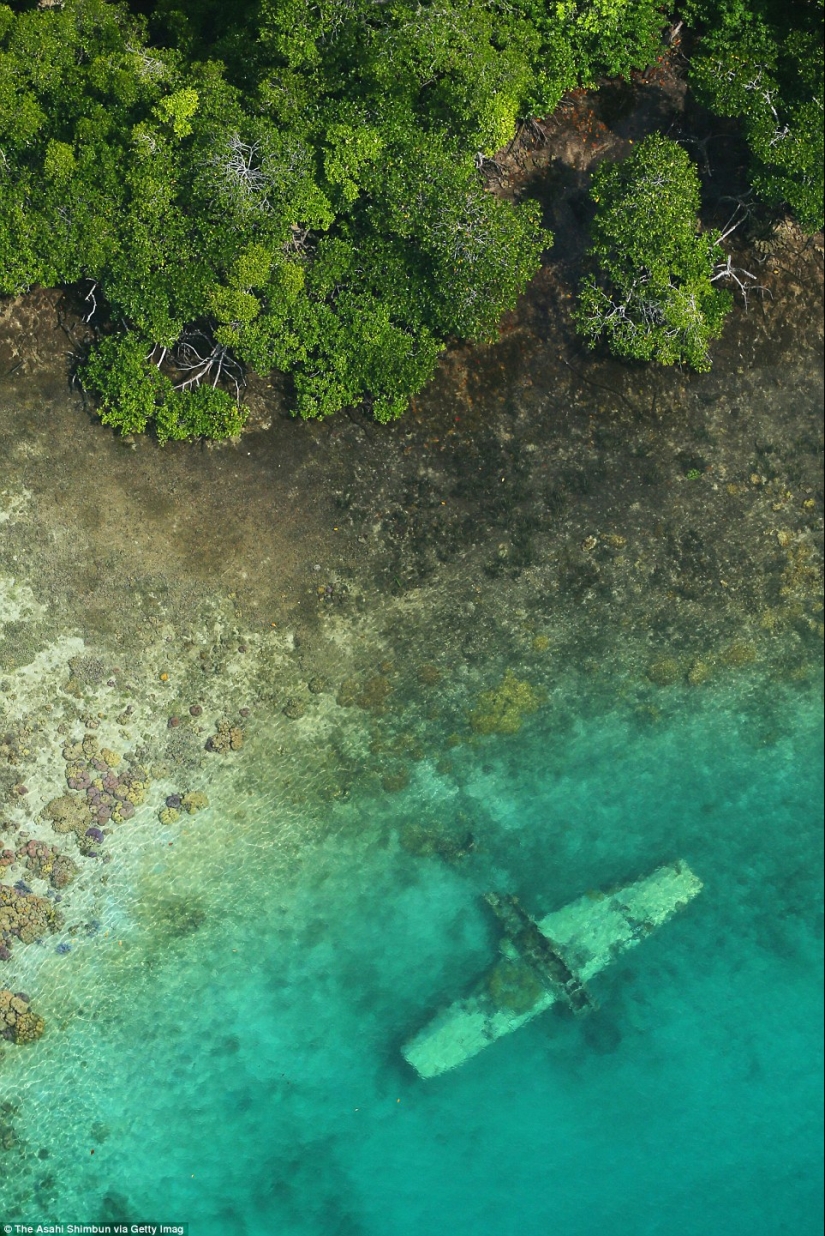
A submerged Japanese reconnaissance plane.
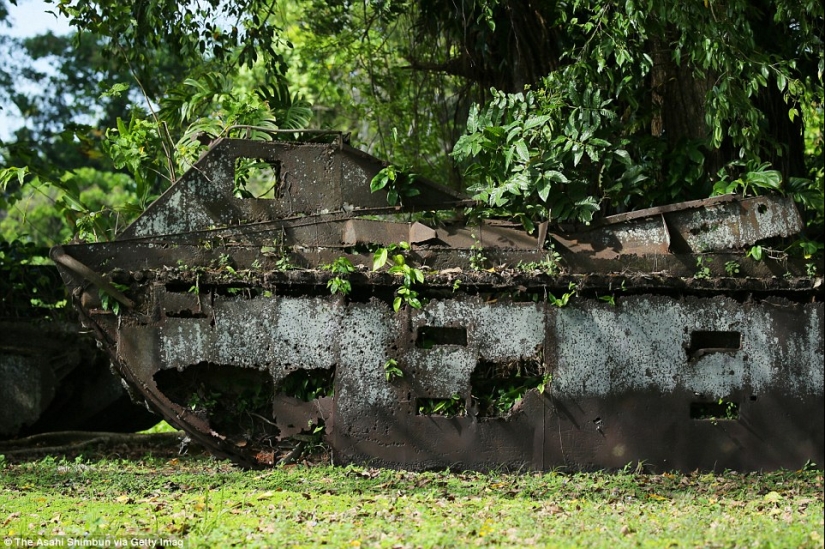
The wreckage of American amphibious all-terrain vehicles in the jungle of Guadalcanal.
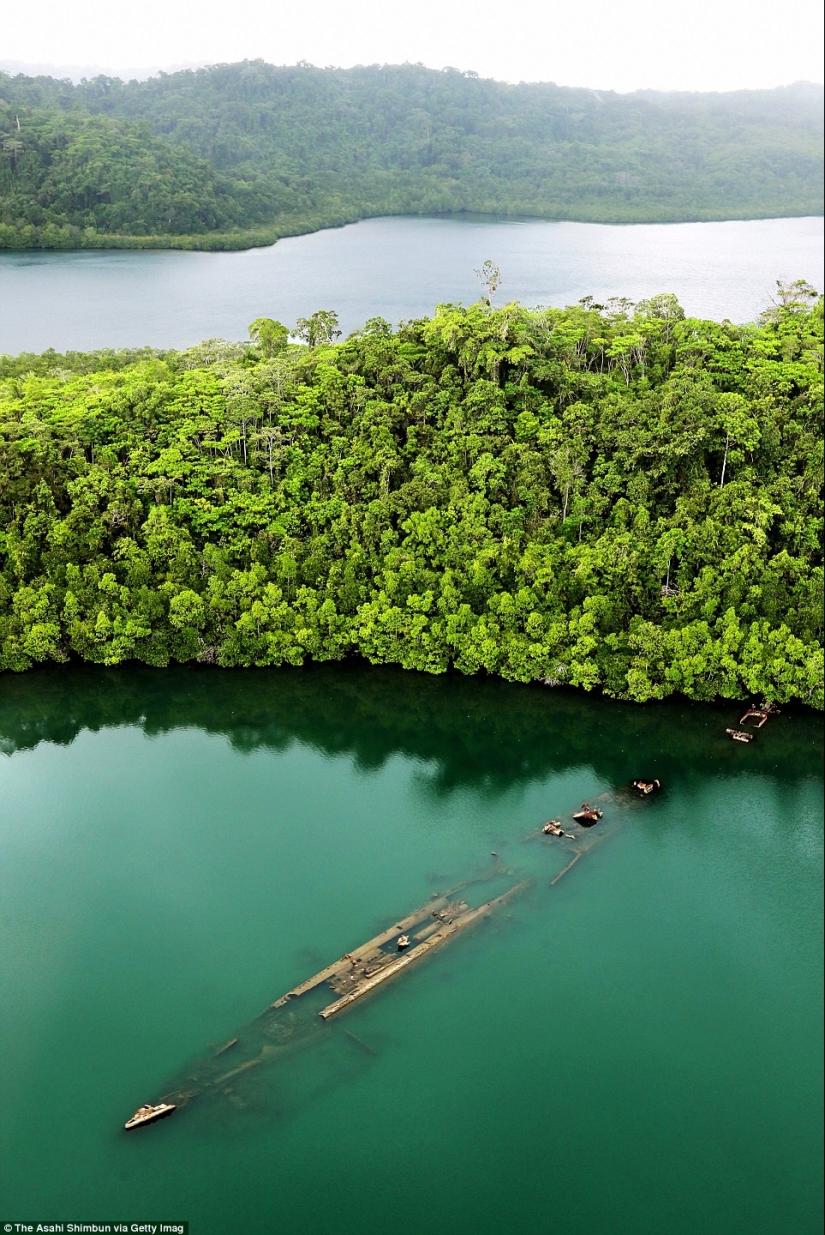
View from the height of the submerged Japanese destroyer "Kikuzuki".
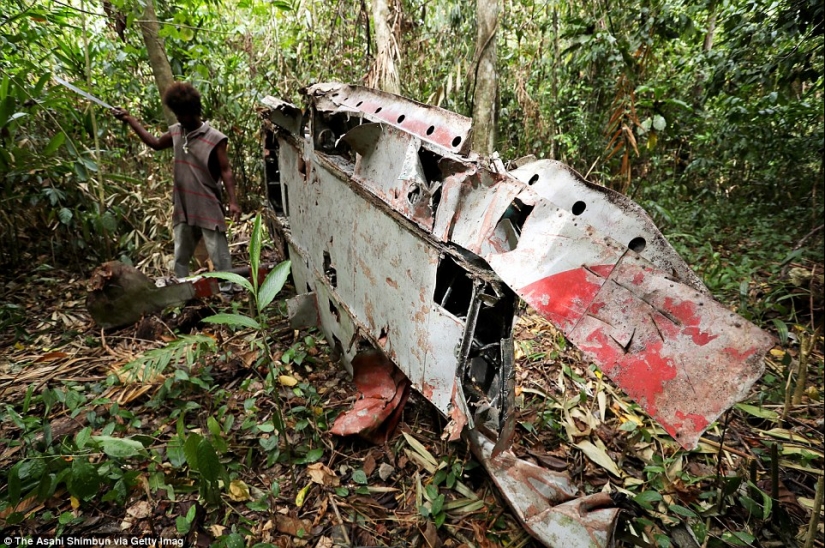
The wreckage of a Japanese plane.
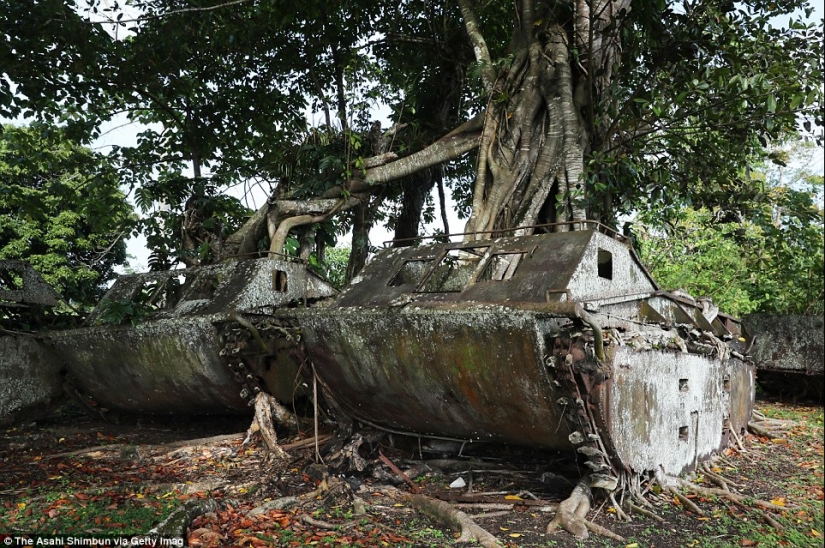
What's left of the American amphibious all-terrain vehicles in the jungle.
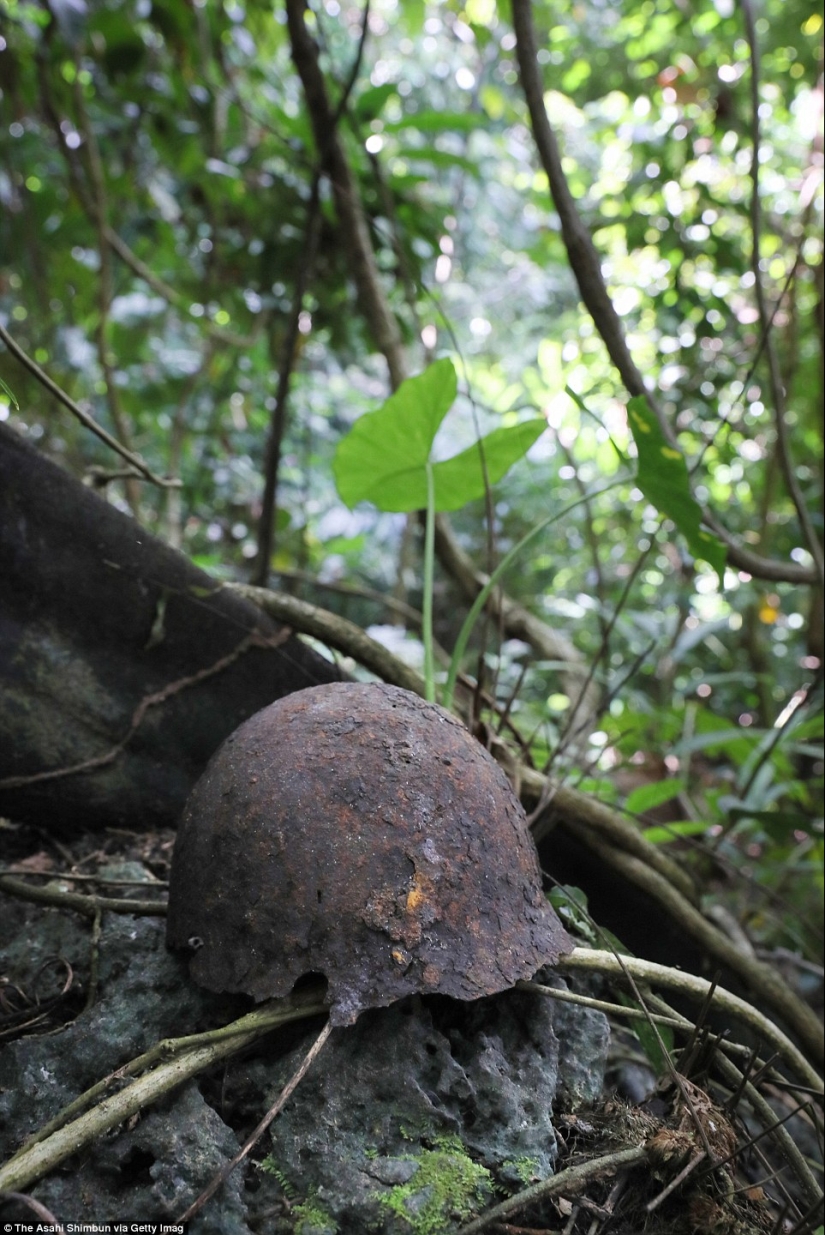
The helmet of a Japanese soldier in the jungle of Guadalcanal.
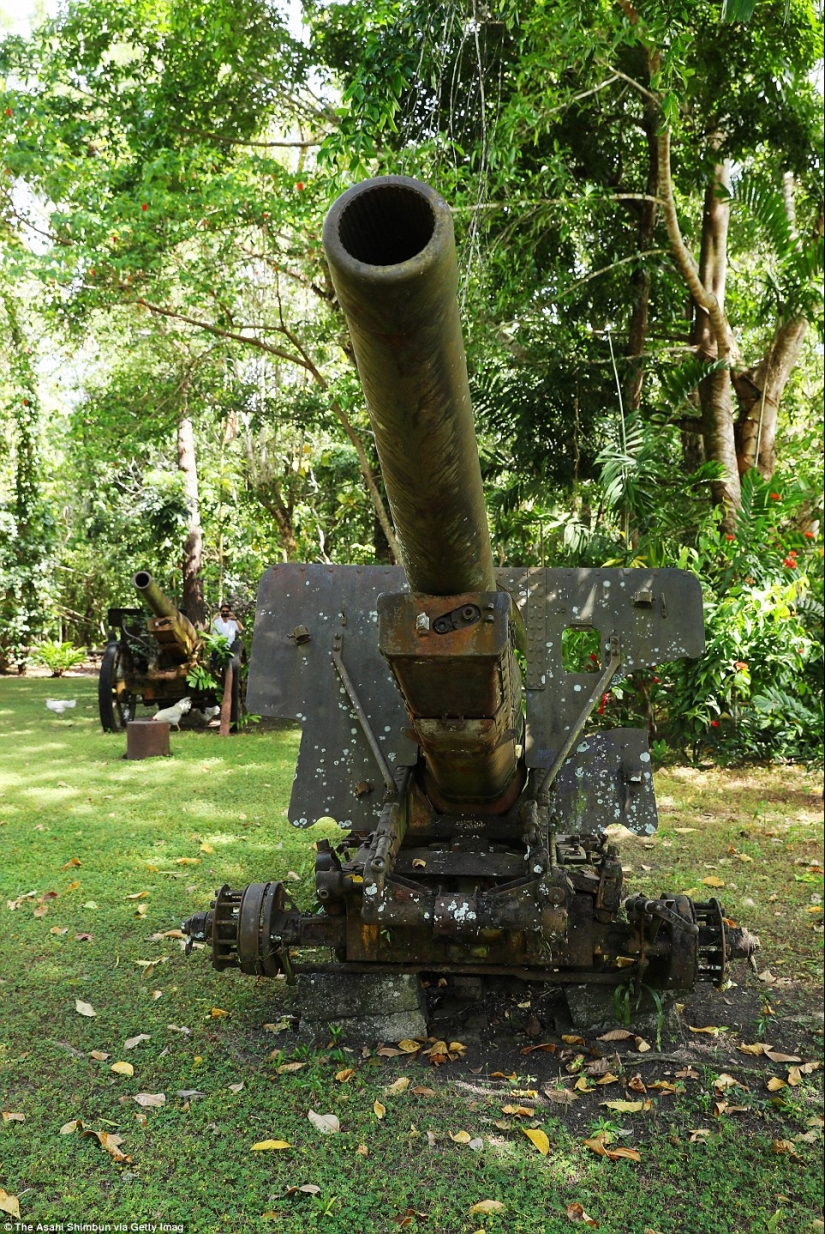
150-mm Japanese howitzer "Type 96".
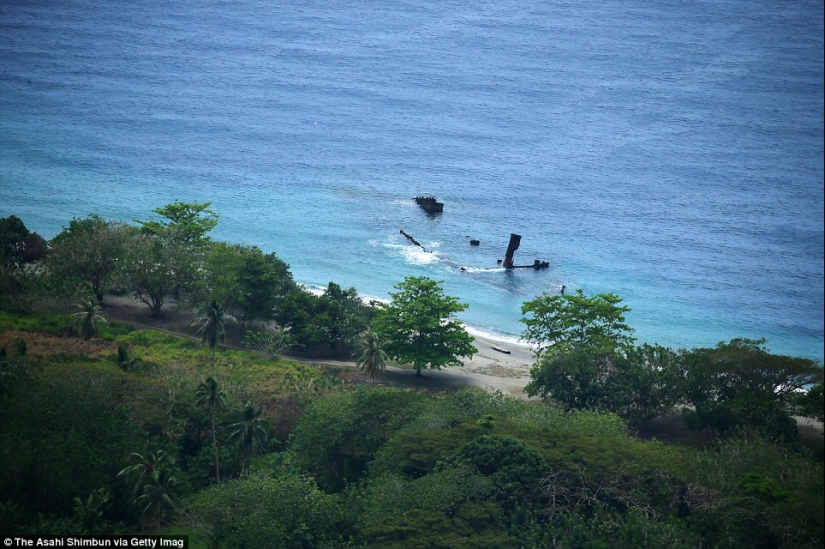
Transport ship "Kinugawa Maru", view from the height.

The wreckage of the Japanese warship "Kikuzuki".
Keywords: Planes | War | Aerial photos | History | Ships | Islands | Tanks | World war II | Pacific ocean | Wreckage | Fighting
Post News ArticleRecent articles

In the fall of 1972, Bill Yates traveled through the countryside in the vicinity of Tampa, Florida. At that time, he was studying ...

Severe cold weather does not give up its positions. We offer you to admire the magical photos of winter Europe, because snow and ...
Related articles

A good sniper doesn't have to be a career soldier. This simple postulate was well understood by the Red Army soldiers who ...

General Dmitry Karbyshev — one of the Soviet commanders who performed his duty to the end. This man was captured in the battle, ...

In the summer, some of our compatriots prefer to fly away from their hometowns. Even those who are afraid to fly. If you are one of ...

Vladimir Lyubarov is an artist from the countryside who paints pictures of real life. But he brings amazing characters, birds, and ...